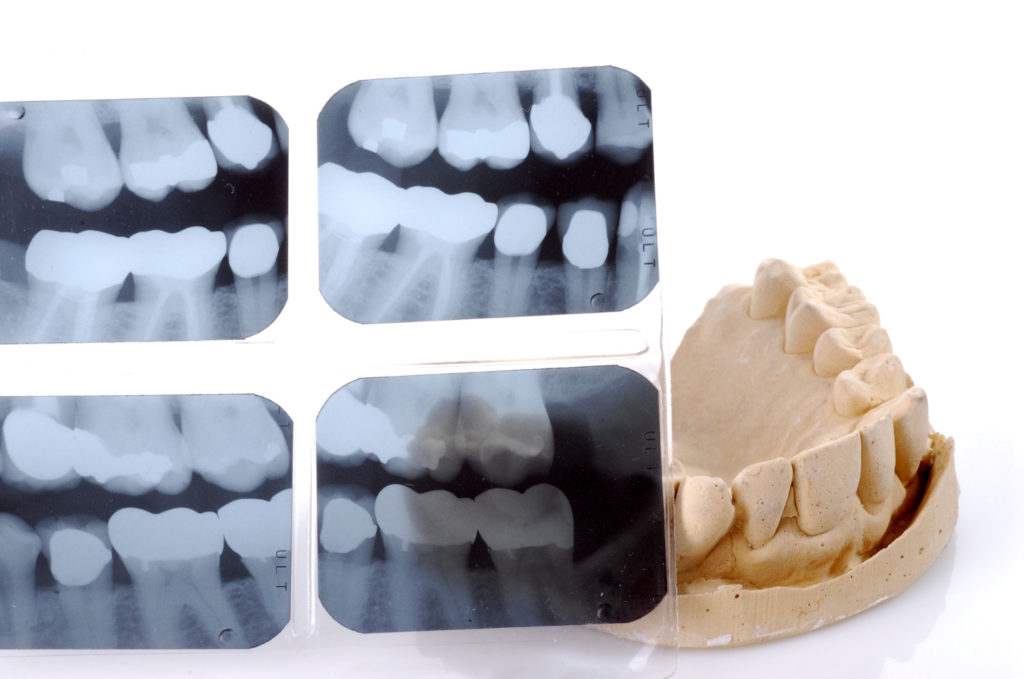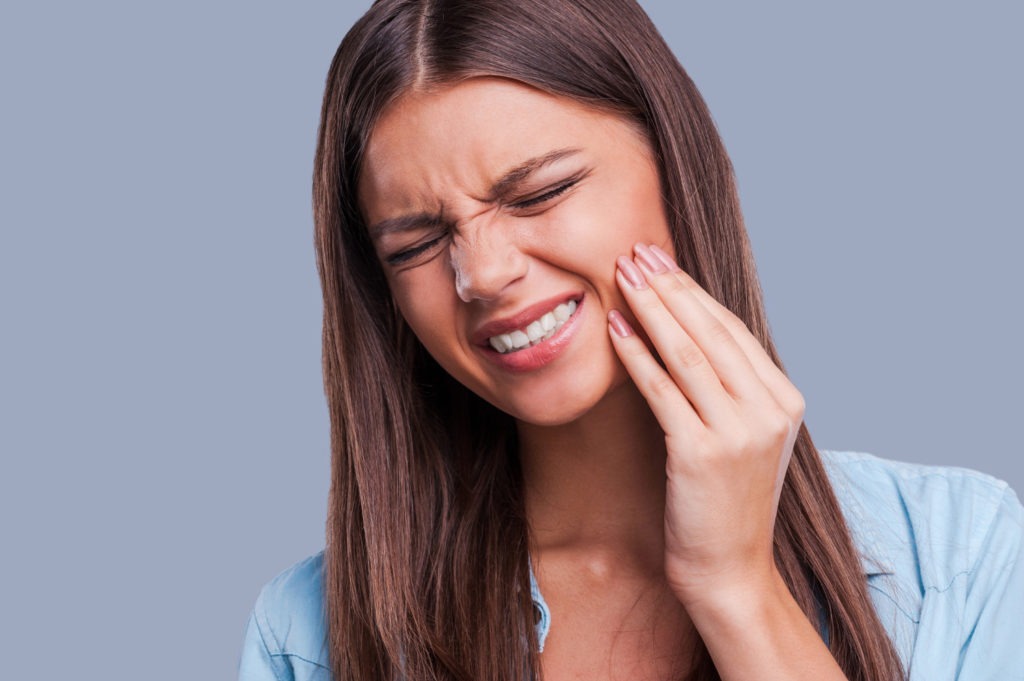Have you ever wondered why you have pain when chewing, or why your jaw pops? Temporomandibular joint disorder, or TMD, is one of the biggest causes for the most common types of problems with the jaw and the muscles in the face. Sometimes mistakenly called TMJ, TMD is a common condition that can be frequently misdiagnosed. But what exactly is TMD? What treatments are available? How does it relate to orthodontics?
Here at Seabreeze Orthodontics, we believe in patient education. Your journey toward a beautiful smile should be one of fun and enlightenment. We have put together this helpful guide what that in mind. Enjoy!
What is the difference between TMJ and TMD?
We hear these two abbreviations used interchangeably all the time. TMJ is not actually a disease or illness; it stands for temporomandibular joint, the hinge points connecting your jaw bones to your head. These are located directly in front of the ears, and they are what give us the ability to speak and chew.
The joint can rotate, glide, and act as a powerful hinge all at once! It is surrounded by tendons, muscles, and joint pads, and most of the time, all of them work extremely well together. However, things can move off course sometimes, and when it happens, it can lead to pain, popping, and inflammation.
It is at this junction that TMD, or temporomandibular joint disorder, can arise. Every case of TMD is different. Some symptoms pop up briefly while others taking years to resolve.
Some of the most common signs of TMD are:
- difficulty chewing
- uncomfortable bite that feels as if the upper and lower teeth are not fitting together properly
- pain in the face, jaw joint, neck and shoulders
- pain in or around the ear when chewing, speaking, or opening the mouth wide
- trouble opening the mouth wide
- jaws that get stuck or locked
- licking, popping, or grating sounds in the jaw joint when you open or closing the mouth
- face feeling “tired”
- swelling on the side of your face
- ringing or stuffy ears
The symptoms of TMD can be similar to other common dental issues, such as tooth decay or gum disease. For proper diagnosis and treatment, it is essential that you have a thorough examination by an experienced orthodontist like Dr. Faja-Fernandez.
What causes TMD?
TMD symptoms arise from problems with the muscles of your jaw or with the parts of the joint itself. Injury to your jaw or surrounding areas can lead to TMD, but there are other causes such as:
- Grinding or clenching your teeth that puts extra pressure on the joint
- Movement of the disc between the ball and socket of the joint
- Arthritis in the joint
- Stress, which can tighten facial and jaw muscles
An untreated “bad” bite condition or a misaligned jaw can also put undue stress on the sensitive, connected components to the jaw. If related to a nerve, this can result in chronic shooting pain throughout the face, neck, shoulders, back, and arms.
How is TMD diagnosed?
An accurate diagnosis of TMD comes from knowing a patient’s history, physical examinations, and by measuring aspects of the teeth and jaw through various imaging methods. A proper diagnosis from an experienced orthodontist, along with knowledge of the source of the TMD, is what provides the foundation for a customized treatment plan.
How is TMD treated?
Initial treatment goals should be aimed at resolving pain and dysfuntion. In some cases, TMD can be treated by correcting poor oral habits such as pen chewing or teeth grinding. Splints or night guards are plastic mouthpieces that fit over the upper and lower teeth to keep them from touching. These can lessen the effects of clenching or grinding and help correct the bite by putting teeth in a more desirable position. Missing teeth may need to be replaced, and crowns and bridges can balance the biting surfaces of the teeth. For TMD patients who require more complex bite correction, orthodontic treatment such as braces or Invisalign may be required.
There are other ways to help ease the discomfort of TMD such as:
- Avoid extreme jaw movements. Keep the chewing of things such as gum and ice to a minimum, and limit yelling and sing since it forces the mouth to open wide.
- Do not allow your chin to rest on your hand and avoid holding your phone between your shoulder and your ear.
- Practice good posture to reduce neck and facial pain.
- Keep teeth slightly apart as often as possible to relieve pressure on the jaw.
If left untreated, TMD can lead to inflammation, swelling, and chronic pain. It can also contribute to progressive dental problems, such as premature tooth wear and periodontal disease.
TMD diagnosis and treatment with Seabreeze Orthodontics
To learn more about TMD diagnosis and treatment in Myrtle Beach, get in touch with us today. We provide the highest quality of care while making sure you enjoy the journey toward better health and a beautiful smile. See you soon!


